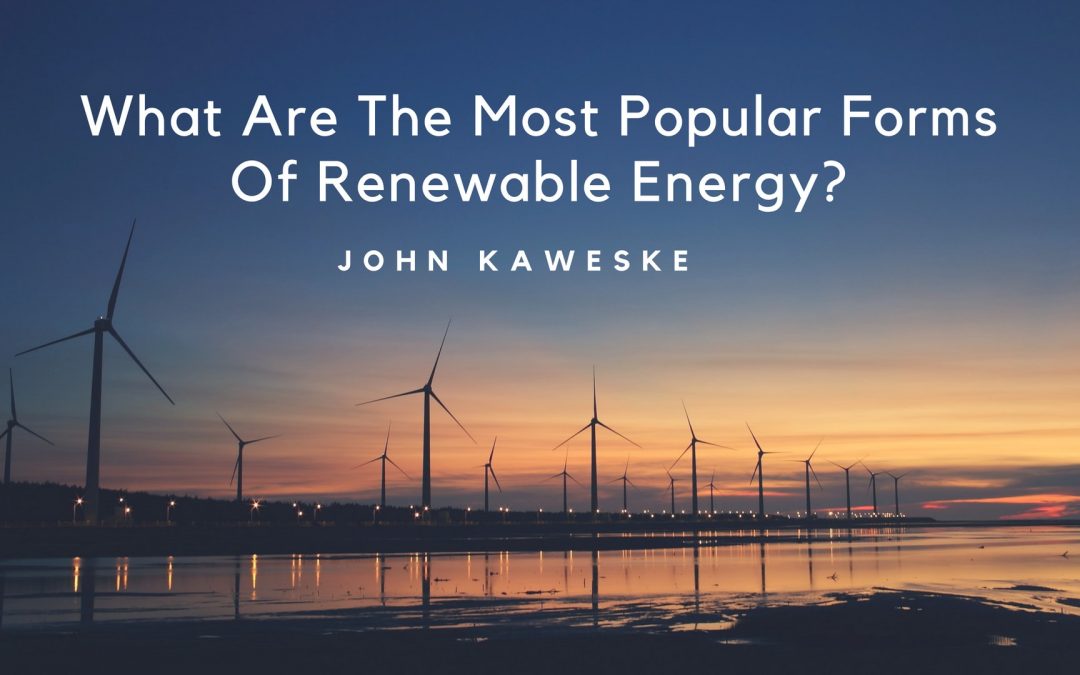As we face a need to reduce our need for oil-based products and attempt to mitigate our damage to the environment, science is looking for alternatives. This has led to a race for eco-friendly power sources, providing us with several options. Evolving technology will likely continue to improve on each of these methods, but that won’t keep us from benefiting from them today.
Hydropower
The technology to produce energy power through the use of water has been around the longest and is widely used. Today, nearly 16% of the world’s electricity is produced through hydropower and makes up 65% of the energy we get from renewable sources. While the technology has brought electricity to remote areas, some argue that hydropower compromises biodiversity and limits the opportunities for human resettlement.
Wind Power
Although its applications were limited in the beginning, wind power has continued to evolve through the years and, today, it experiences a 25% yearly rate of growth. As such, it has become the fastest evolving source of renewable energy in the world. Located in California, the 1,020MW Alta Wind Energy Centre (AWEC) is the largest land-based wind farm on the planet. The largest offshore wind farm in the world is the 630MW London Array, which is located just off the coast of the United Kingdom.
Solar Power
Solar power has grown to become the third most commonly used source of renewable energy globally. There are two types of solar power in use with photovoltaic (PV) technology used by most homes and businesses, while concentrating solar power (CSP) technology is used by a slightly smaller percentage. In any case, both PV and CSP solar power usage are steadily rising. Together, Germany, Italy, China, Japan, and the United States use the most PV powered solar energy, while Spain produces and uses nearly 75% of the world’s CSP solar power.
Bio-Power
The use of bio-power has been steadily increasing, making it another popular fuel alternative, providing over 83GWs of electricity throughout the world. Since 2010, when bio-power production was estimated at 313TWh, the industry has grown to generate more than 350TWh as of 2013. Bio-fuels, wood pellets, and agricultural byproducts make up most of the resources used in this industry, helping the U.S., Sweden, Brazil, Germany, and China to become the world’s top producers. However, GDF SUEZ’s 205MW Green Unit, which can be found in Poland, is the largest 100% bio-power fueled bio-gas plant in the world.
Geothermal Power
Geothermal power is a growing source of electricity. A third of the geothermal energy produced is converted into electricity, while the rest comprises heat production. Again, the U.S. tops the list of the world’s largest geothermal energy producers, along with the Philippines, Indonesia, Italy, and Mexico. Found in San Francisco, California, the Geysers Geothermal Complex is the world’s largest geothermal energy production facility, while Italy’s 769MW Larderello Geothermal Complex comes in at a close second.

